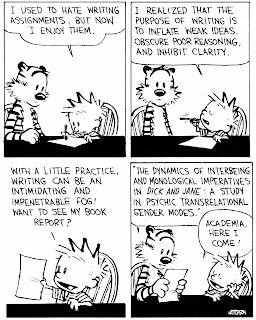As I've stated in a previous post, I'm a huge fan of the multi-genre projects, which give students multiple options with which to tell their story and interpret information differently. Within the multi-genre project are smaller writing activities built to engage the writer and incorporate their prior knowledge about the subject they're writing about. Some of these include, but are not limited to, narratives, dialogues, letters and fairy tales. All of these options and more can be used as creative writing activities.
Another tool I like to use in creative writing is a notebook. Never underestimate the power of a good notebook. Students can use them for note-taking, jotting down ideas for projects or essays, making lists, comparing and contrasting ideas and just general brainstorming. They are also good for free-writing activities, which are meant to give students the opportunity to write down their thoughts in the hope that some vital information will surface. In creative writing, notebooks could represent the beginning stage of any piece. Notebooks can house various drafts of writing, inspirational dreams and story arc maps to generate more ideas.
The versatility and freedom that come with writing should not be ignored or misused. Students should be allowed to choose their own paths to writing and feel that their ideas and opinions are honored and respected. There is no wrong way to write, nor is there a right way; only your way.
Writing is an integral part of any school curriculum and it would be a shame to waste all our energy and great skill on state-mandated essays and writing assessments. Teachers should work with their students to find the writing style that bests fits their personality in order to create an open-minded learning environment. Creative writing is meant for students to broaden their minds, reach into their imagination and explore writing as an enjoyable art form, not as a boring requirement.
Until next time, I remain your faithful correspondent.


No comments:
Post a Comment